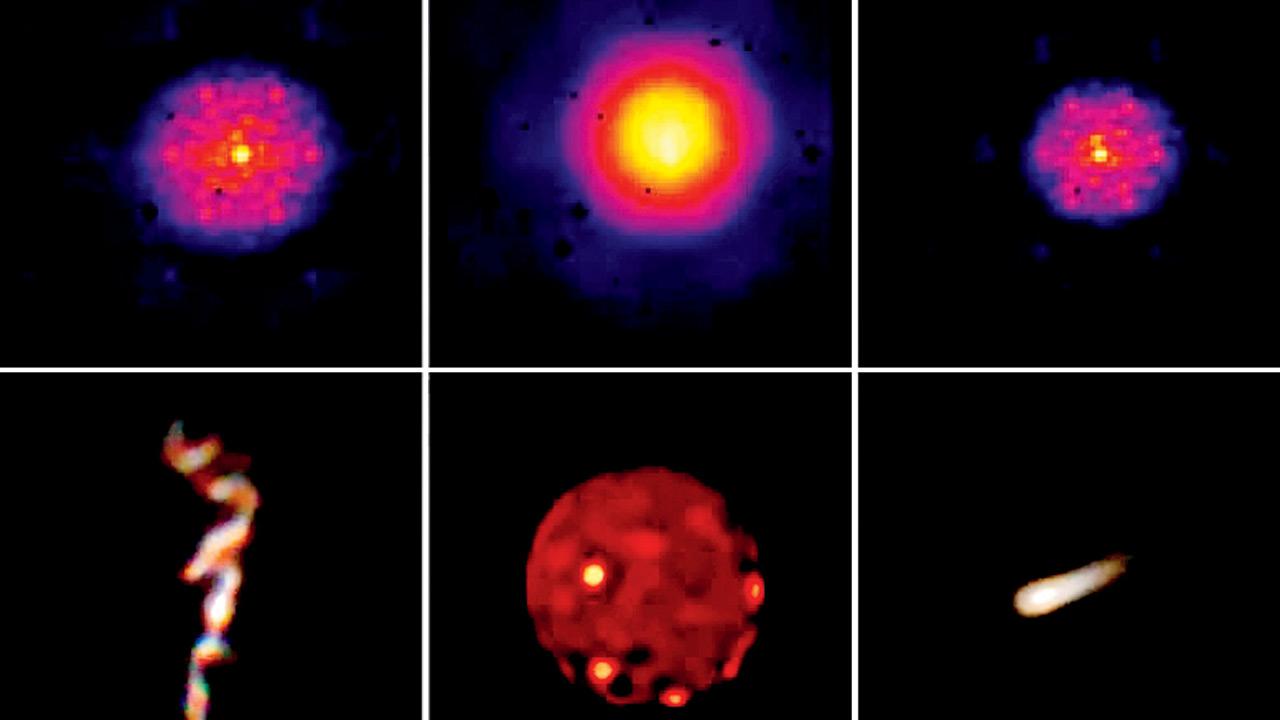World
NASA Restores James Webb Telescope’s Clarity with AI Technology

NASA has successfully restored the clarity of its James Webb Space Telescope, a project valued at approximately $10 billion. Utilizing an advanced artificial intelligence software named AMIGO, scientists recalibrated the telescope’s optics and electronics from Earth. This intervention effectively resolved image blurring caused by subtle electronic distortions, thereby enhancing Webb’s capability to observe distant exoplanets and cosmic phenomena.
AI-Driven Solution Enhances Space Observation
The recalibration process with AMIGO marks a significant advancement in how space observatories can be maintained and improved without the need for direct human intervention in space. The ability to conduct such repairs remotely not only saves time and resources but also demonstrates the potential of AI in handling complex scientific tasks.
Prior to this fix, the James Webb Space Telescope had been experiencing challenges that limited its performance. As a result of this successful recalibration, the telescope can now operate at full capacity, offering clearer insights into the universe. This has implications for various fields, including astronomy and planetary science, as it enables researchers to gather more accurate data.
Historical Context: A Lesson from Hubble
The situation faced by the James Webb Space Telescope is reminiscent of a similar challenge encountered by NASA’s Hubble Space Telescope. Following its launch on April 24, 1990, Hubble encountered a significant optical flaw that resulted in blurry images. A subsequent mission involving astronauts was necessary to repair the telescope, highlighting the complexities and costs associated with space missions.
The success of the James Webb recalibration underscores the evolution of technology in space exploration. While Hubble required physical intervention, the use of AI technology like AMIGO illustrates a shift towards more efficient methods of maintaining and enhancing space instruments.
The implications of this achievement extend beyond just one telescope. As AI technology continues to develop, it opens new avenues for future space missions, potentially reducing the need for human presence in hazardous environments and allowing for quicker responses to technical issues.
In summary, NASA’s successful use of AI to restore the James Webb Space Telescope not only enhances its observational capabilities but also sets a precedent for future technological applications in space exploration and research. As scientists continue to refine these technologies, the possibilities for advancements in our understanding of the universe become increasingly promising.
-

 World4 months ago
World4 months agoSBI Announces QIP Floor Price at ₹811.05 Per Share
-

 Lifestyle4 months ago
Lifestyle4 months agoCept Unveils ₹3.1 Crore Urban Mobility Plan for Sustainable Growth
-

 Science3 months ago
Science3 months agoNew Blood Group Discovered in South Indian Woman at Rotary Centre
-

 World4 months ago
World4 months agoTorrential Rains Cause Flash Flooding in New York and New Jersey
-

 Sports3 months ago
Sports3 months agoBroad Advocates for Bowling Change Ahead of Final Test Against India
-

 Top Stories4 months ago
Top Stories4 months agoKonkani Cultural Organisation to Host Pearl Jubilee in Abu Dhabi
-

 Science4 months ago
Science4 months agoNothing Headphone 1 Review: A Bold Contender in Audio Design
-

 Top Stories4 months ago
Top Stories4 months agoAir India Crash Investigation Highlights Boeing Fuel Switch Concerns
-

 Sports3 months ago
Sports3 months agoCristian Totti Retires at 19: Pressure of Fame Takes Toll
-

 Business4 months ago
Business4 months agoIndian Stock Market Rebounds: Sensex and Nifty Rise After Four-Day Decline
-

 Politics4 months ago
Politics4 months agoAbandoned Doberman Finds New Home After Journey to Prague
-

 Top Stories4 months ago
Top Stories4 months agoPatna Bank Manager Abhishek Varun Found Dead in Well









